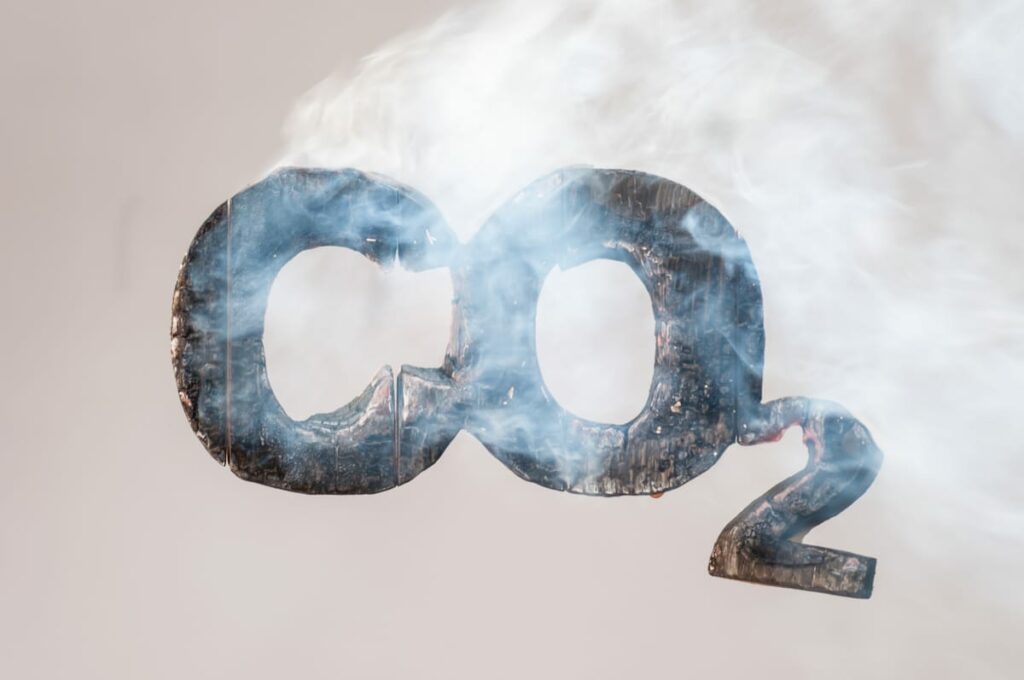Recently, a Scripps Institution of Oceanography and the National Oceanic and Atmospheric Administration report revealed that carbon dioxide levels were 421 parts per million, the highest concentration ever measured in human history. Those levels are nearly 50% higher than those of pre-industrial times. The increase was modest compared to last year, but the consequences will be dire.
421 parts per million are the highest concentration ever measured
Scientists first began regularly measuring atmospheric CO2 in 1958. The level was 316 parts per million (ppm), a far cry from the 280 parts per million that existed before the industrial revolution. Data obtained at Mauna Loa have consistently topped 400 ppm for more than a decade. The effects of our current level of CO2 on our environment are already being felt.

The current atmospheric carbon dioxide levels are comparable to those during the Pliocene period, a three million-year period when the oceans were 30 feet higher, and the Arctic was largely ice-free. The highest CO2 levels were recorded in the Devonian (400 million years ago) and the Triassic (220-200 million years ago) ages. These eras were the hottest periods for CO2 levels, with individual estimates ranging from 2,100+-1,600 p.p.m. Values close to pre-industrial levels were observed in the Carboniferous (300 million years ago) and the late Cretaceous (80 million years ago) eras. The new results suggest that doubling CO2 levels will cause a warming of 2.6oC to 3.9oC – the middle-upper end of the previous best estimate.














